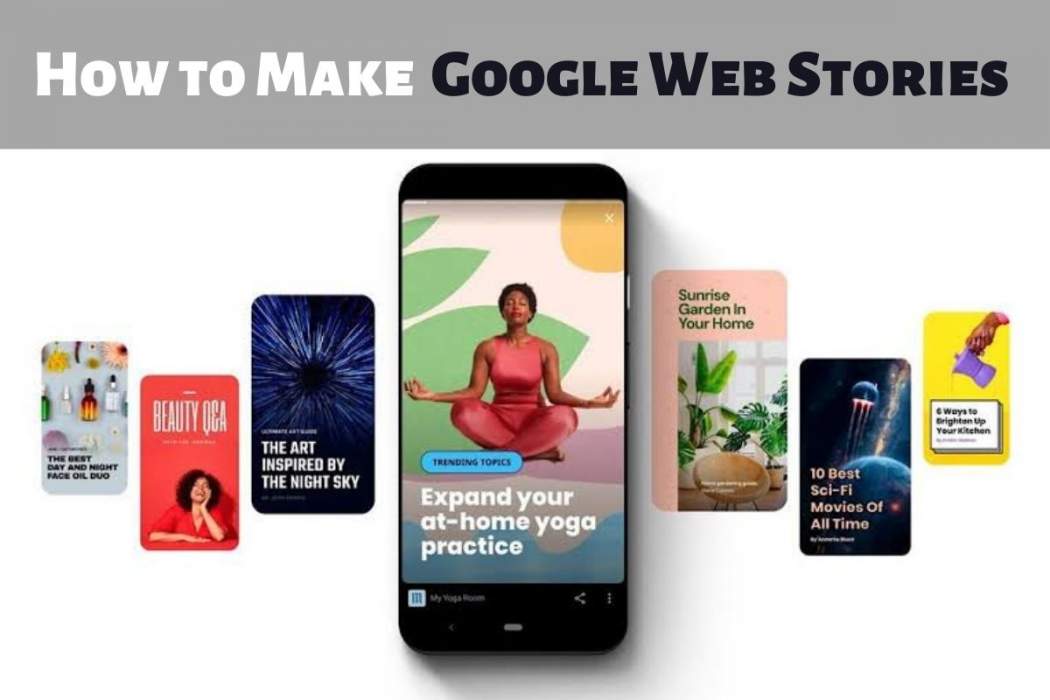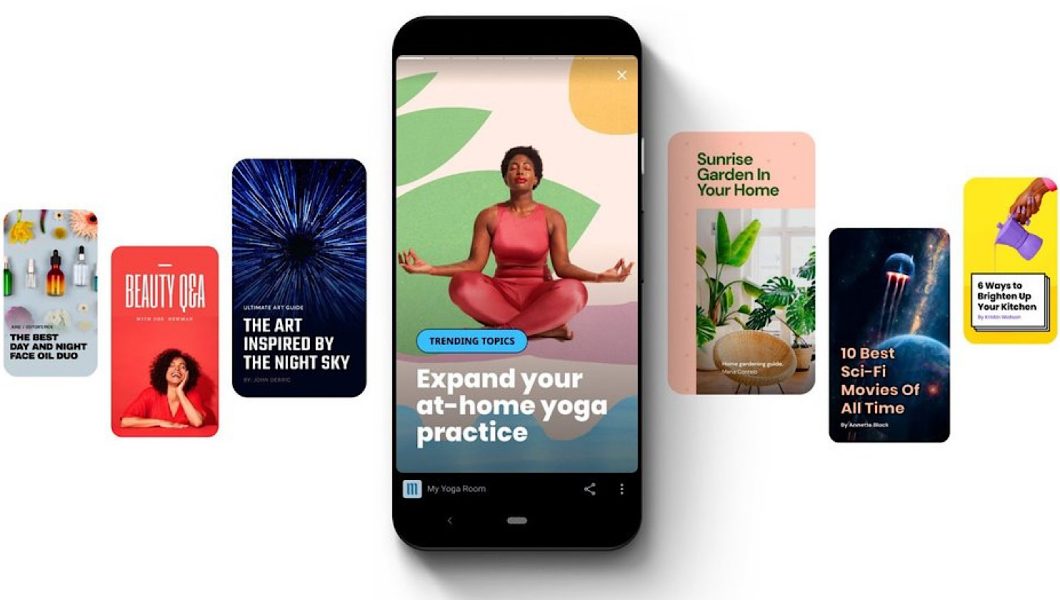Google Web Stories, also known as Google AMP Stories, are immersive, visually rich, and mobile-focused storytelling experiences that are designed to be easily discoverable and shareable on the web. Similar to social media Stories formats, such as those found on Instagram or Snapchat, Google Web Stories provide a way to create and consume short, vertical, and interactive content.
Here are some key features and aspects of Google Web Stories:
- Format: Google Web Stories consist of a series of full-screen pages that can include a combination of images, videos, text, animations, and interactive elements.
- Mobile-Friendly: Web Stories are primarily designed for mobile devices, providing a seamless and engaging experience for users on smartphones and tablets.
- Discoverability: Google Web Stories can appear in Google search results, Discover feed, and other prominent positions within the Google ecosystem, increasing their visibility and reach.
- Fast and Responsive: Web Stories are built using Google’s Accelerated Mobile Pages (AMP) technology, ensuring fast loading times and a smooth user experience.
- Interactivity: Web Stories can include interactive features such as quizzes, polls, swipe-up links, and call-to-action buttons, allowing creators to engage their audience and encourage interaction.
- Shareability: Web Stories can be easily shared and embedded on websites, making them highly shareable across various platforms and enabling content creators to extend their reach.
- Creation Tools: Google provides a Web Stories editor that allows creators to design and create visually appealing and interactive stories using a user-friendly interface. Additionally, third-party tools and plugins are available for creating and publishing Web Stories.

Google Web Stories provide an engaging and visually captivating format for content creators to share their stories, articles, tutorials, product showcases, and more on the web. They offer an opportunity to deliver content in a concise and visually compelling manner, catering to the increasing demand for mobile-first experiences.
How Drive Traffic to Website from Google Web Stories?
To drive traffic to your website from Google Web Stories, here are some strategies you can implement:
- Engaging Content: Create compelling and visually appealing Web Stories that captivate your audience. Use high-quality images, videos, and concise text to deliver valuable and engaging content.
- Call-to-Action (CTA): Include clear and enticing call-to-action buttons or swipe-up links within your Web Stories. These can direct users to relevant pages on your website, encouraging them to click through and visit your site.
- Story Sequencing: Consider creating a series of Web Stories that build upon each other, telling a cohesive narrative or offering additional information. Include a CTA at the end of each story to lead users to the next part of the sequence or to visit your website for more details.
- Relevant Keywords: Optimize your Web Stories for search engines by using relevant keywords in titles, descriptions, and captions. This can help improve their visibility in Google search results and increase the chances of attracting organic traffic to your website.
- Social Sharing: Encourage users to share your Web Stories on social media platforms. Include social sharing buttons within your stories to make it easy for viewers to share them with their followers. This can help amplify your reach and drive traffic back to your website.
- Website Integration: Embed your Web Stories on relevant pages of your website. This allows visitors who discover your site through other channels to easily access and engage with your Web Stories, increasing the chances of them exploring your website further.
- Promote on Other Channels: Leverage your existing digital channels to promote your Web Stories. Share them on social media platforms, include them in your email newsletters, or mention them in blog posts to drive traffic from your existing audience to your website.
- Utilize Google Search and Discover: Optimize your Web Stories to appear in Google search results and Discover feed. This can help increase the visibility of your stories and attract users who are actively searching for related topics.
Remember to track the performance of your Web Stories using analytics tools. Monitor metrics such as click-through rates, engagement, and conversions to evaluate the effectiveness of your strategies and make data-driven optimizations to drive more traffic to your website.






No Comments